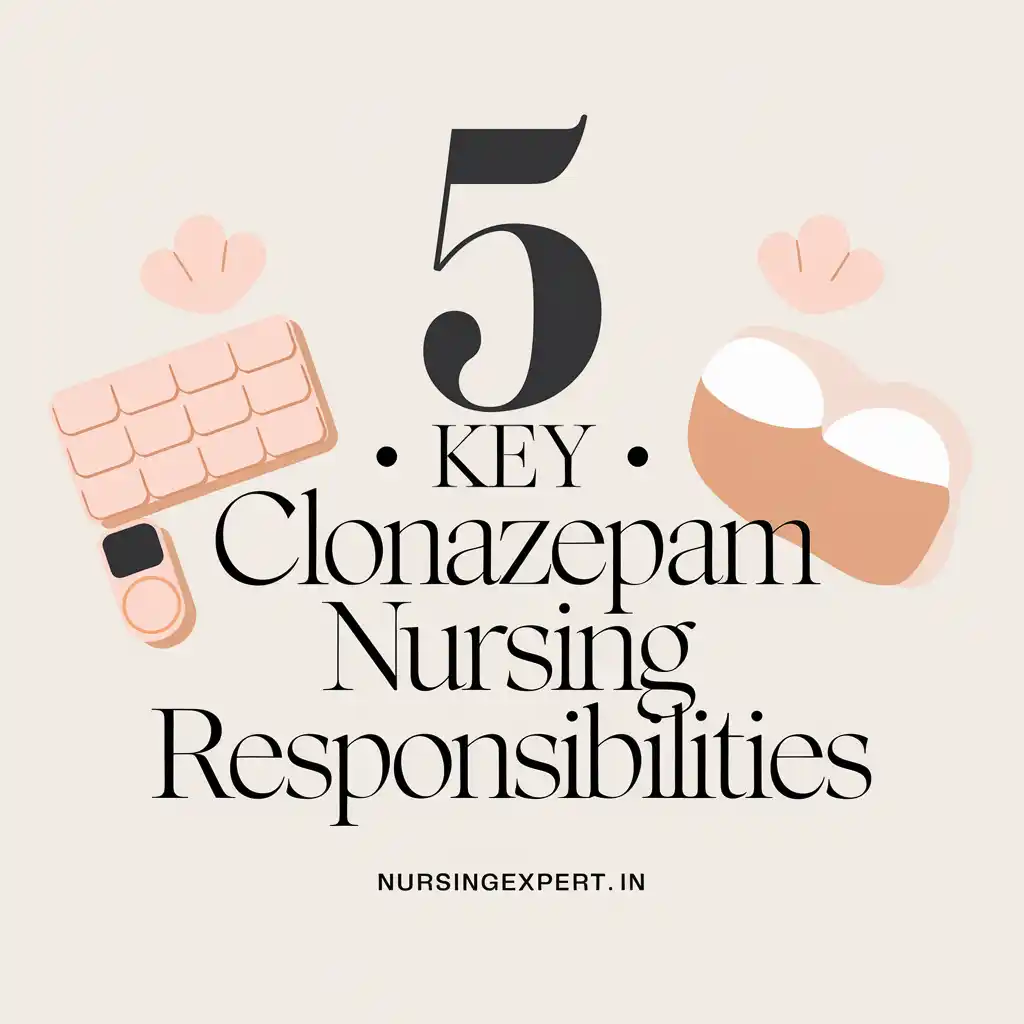Nicotine, a highly addictive stimulant in tobacco, is a key focus in healthcare, particularly for smoking cessation and managing dependence. Nurses play a vital role in assessing patients, administering nicotine replacement therapy (NRT), monitoring outcomes, and providing education. This guide offers a detailed, practical approach to nicotine management for nursing professionals.
Thank you for reading this post, don't forget to subscribe!
What is Nicotine?
Nicotine is an alkaloid in tobacco that stimulates nicotinic acetylcholine receptors in the brain, releasing dopamine and creating addiction. In nursing, it’s encountered in smoking cessation efforts, where NRT helps patients quit by delivering controlled nicotine doses, avoiding tobacco’s harmful chemicals.


Why It Matters
- Health Risks: Smoking increases risks of cancer, heart disease, and lung issues.
- NRT Purpose: Reduces withdrawal symptoms (cravings, irritability) to support quitting.
Nursing Assessment
Before starting NRT, a thorough patient evaluation is essential:
- Smoking History:
- How many cigarettes per day?
- How long have they smoked?
- Past quit attempts and methods?
- Medical History:
- Check for heart disease, hypertension, or diabetes.
- Assess respiratory conditions (e.g., COPD).
- Other Factors:
- Allergies to nicotine or NRT components.
- Current medications (e.g., beta-blockers may interact).
- Pregnancy or breastfeeding status.
Contraindications
- Recent heart attack (within 2 weeks).
- Severe arrhythmias.
- Known nicotine allergy.
Precautions
- Uncontrolled high blood pressure.
- Pregnancy (NRT only if smoking risks outweigh NRT risks).
- Adolescents (not FDA-approved under 18).
Nicotine Replacement Therapy (NRT) Options
NRT comes in various forms, each suited to different patient needs:
- Patch: Steady nicotine release over 16-24 hours.
- Gum: Quick relief via oral mucosa.
- Lozenge: Slow-dissolving oral option.
- Inhaler: Mimics smoking; inhaled nicotine.
- Nasal Spray: Fast-acting for intense cravings.
Choosing the Right Form
- Heavy Smokers (>10 cigarettes/day): Start with higher-dose patches (21 mg).
- Craving-Driven: Gum or lozenges for on-demand use.
- Behavioral Needs: Inhaler for hand-to-mouth habit.
Administration Guidelines
Proper use maximizes NRT effectiveness:
- Patch:
- Apply to clean, dry, hairless skin (e.g., upper arm).
- Rotate sites daily.
- Remove after 16-24 hours.
- Gum:
- Chew until peppery taste, then park between cheek and gum.
- Use every 1-2 hours initially (max 24 pieces/day).
- Lozenge:
- Dissolve slowly (20-30 minutes), don’t chew.
- Max 20/day.
- Inhaler:
- Puff or inhale; each cartridge lasts ~20 minutes.
- Nasal Spray:
- 1-2 sprays/nostril, up to 5 times/hour.
Note: Avoid eating/drinking 15 minutes before or during gum/lozenge use.
Monitoring Patients
Ongoing assessment ensures safety and success:
- Vital Signs: Regular blood pressure and pulse checks, especially with heart conditions.
- Effectiveness: Are cravings reduced? Is the patient abstaining from smoking?
- Overdose Signs:
- Nausea, dizziness, rapid heartbeat.
- Severe cases: tremors, confusion (stop NRT, seek help).
Managing Side Effects
Side effects are common but manageable:
- Patch: Skin irritation—rotate sites, use hydrocortisone if needed.
- Gum/Lozenge: Mouth soreness—ensure correct technique.
- Spray: Nasal irritation—usually temporary.
- Serious Issues:
- Overdose: Stop NRT, monitor, escalate if severe.
- Heart symptoms: Chest pain or palpitations—discontinue and refer.
Patient Education
Empower patients for success:
- How NRT Works: Reduces cravings, not a “cure.”
- Correct Use: Demonstrate patch application or gum technique.
- No Smoking: Combining NRT and smoking risks overdose.
- Support: Suggest quitlines (e.g., 1-800-QUIT-NOW) or counseling.
- When to Call: Report chest pain, severe nausea, or rash.
Special Populations
- Pregnancy: NRT safer than smoking; patches preferred, doctor-supervised.
- Heart Disease: Lower doses, frequent monitoring.
- Teens: Off-label; needs specialist input.
Conclusion
Nurses are pivotal in nicotine management, from assessing readiness to supporting cessation. By mastering NRT administration, monitoring, and education, you can help patients overcome nicotine dependence and improve their health.


